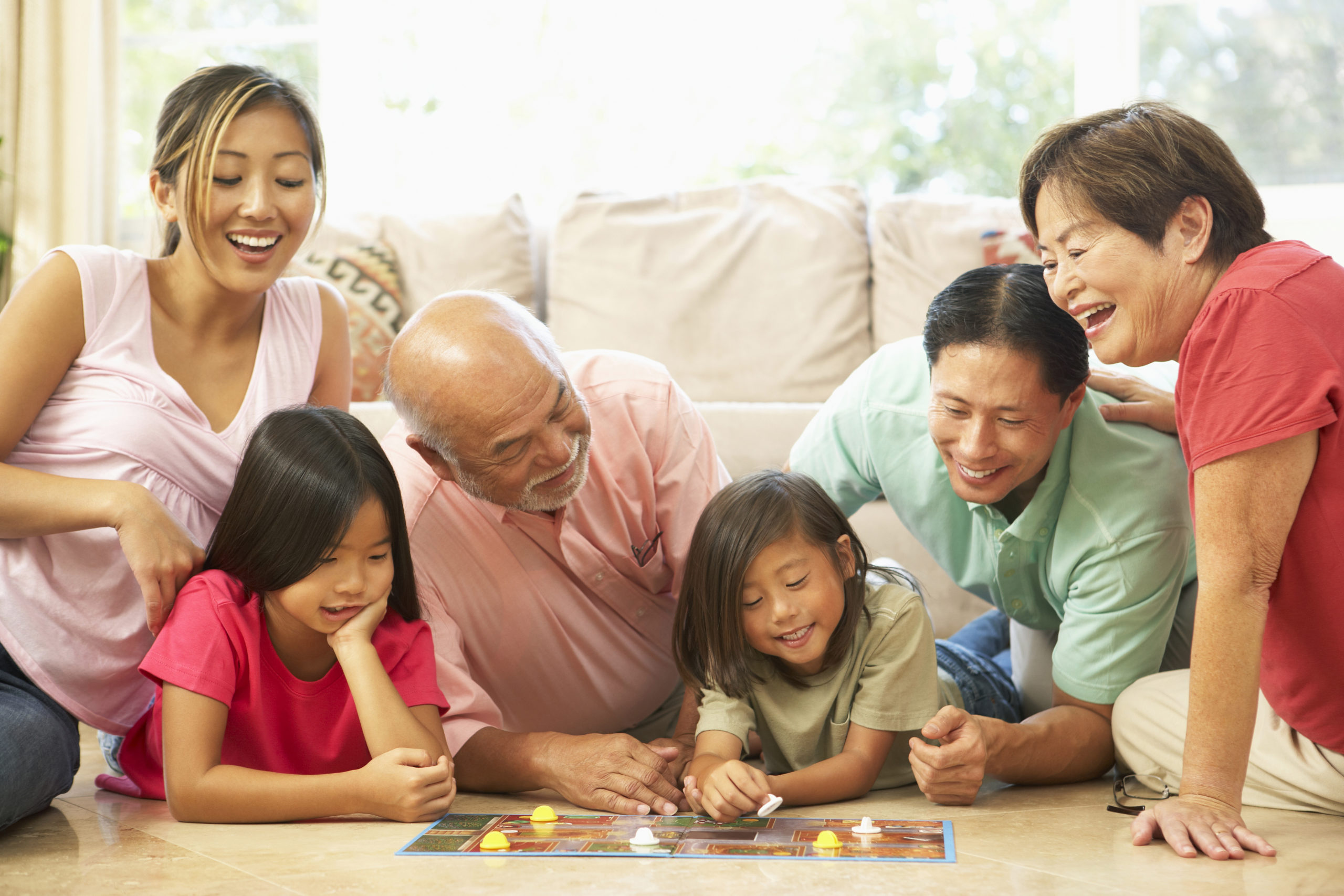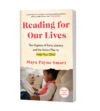“Won’t my child learn to read in kindergarten?”
That’s the question on many parents’ lips when faced with advice to teach reading skills to their small children. Sure, children will develop their reading ability in kindergarten and throughout the rest of their education, but the truth is that most of the underlying skills they need for full literacy develop way before then. And, sadly, reading instruction in the U.S. fails most kids.
So don’t wait until they go to kindergarten or even preschool to intentionally impart key early literacy skills your children will need to thrive in formal schooling. The great news is that, with the right information, you don’t need lots of time to teach what they need to know—and it can and should be fun! Even some of the simplest things can help your child develop reading skills early on. (For example, see How to Maximize the Benefits of Reading Aloud to Your Kids for some easy tweaks that will make a big difference.)
This is where educational games come in! There are many fun board games that help teach reading skills—without hours of instruction or practice. We’ve narrowed down the list for you to our top five best literacy-building board games for children five and under. So go ahead and get in some laughs and quality time connecting with your little one (or ones), and help them get kindergarten-ready at the same time! Then consider leaving the games available for your child even when you aren’t: More often than not, kids can play with these titles independently or with another child and still benefit from them.
Teach Reading Skills with these Fun Board Games
Tall Tales is a storytelling game recommended for ages three and up. There’s no reading required in this game, but it helps kids build early literacy skills by fostering imagination and important oral language skills. From a young age, most children understand the wonder of hearing a story and love to make up their own. This game allows them to do so. (Related: See our post on How to Use Storytelling to Build Joy, Connection, and Literacy with Kids.)
Sequence Letters is a letter matching game for kids ages four to seven. One letter of the alphabet is on each card in both uppercase and lowercase, and the child playing matches the letter with the beginning sound of a picture. This is a great way for kids to practice sounding out letters and making connections between images and words.
Boggle is already a well-loved game, and now your young kids under five can join the fun by playing Boggle Jr. It’s a great fit for kids three and up who have already begun learning the letters of the alphabet. There are two levels of play so the game can grow with your child. Younger children can play with the letter cubes and practice matching the letter shapes with the picture word cards. And when your little one is ready for more of a challenge, they can play the second level of the game, which creates opportunities to sound out short, simple words.
Bob Books Happy Hats Board Game
This game is designed for beginning readers ages four and up, and is made by the creators of Bob Books, a series featuring sparse illustrations and simple, decodable words. In our household, we’re currently using Bob Books to teach our preschooler early literacy skills—and they’re the same books I learned to read with when I was a preschooler, as well! This game is highly rated by parents and allows the player to create more than 16o words.
Zingo Word Builder is perfect for kids about five years old, or younger children who have already developed early literacy skills and are ready to learn more. This game allows the player to build vocabulary and reading skills by challenging them to create three-letter words. There are two levels of play for this game, which makes it perfect for beginning readers and more skilled readers, as well.
Designed for kids 4 to 9 years old, This goofy game teaches children to read common words as they compete to be the first kangaroo to get some pizza. What’s really nice about this game is that there are three levels with increasingly difficult words. This means the game can grow with your kids, and it also means that if you have multiple children at different reading levels, they can still play together, each with their own personal set of challenges. Another fun aspect is that the players can compete against one another OR you can play a cooperative mode, where everyone works together. The flexibility and fun is really what puts this game on the list. And, after all, shouldn’t reading be fun?
Over recent years, fidget toys, especially pop fidgets, have become incredibly popular, and you’ve probably seen them everywhere! The Fidget Game cleverly combines the fascination of pop fidgets into the practice of learning high-frequency or “sight” words. The game includes word cards for pre-K to 3rd grade, so you can tailor the game to your child’s specific reading level. You can support your little one’s reading journey while having fun with colorful pop fidgets and spending bonding time together. Your child learns to read, and you both get to enjoy the experience.
If you’re familiar with the best-selling game Bananagrams, you’ll love the small-child version, My First Bananagrams. It has lowercase, color-coded tiles that brilliantly adapt it for little ones, promoting early literacy in a playful manner. The game’s simplicity keeps the kindergarten set engaged, fostering vocabulary and spelling skills about as effortlessly as is possible. The vibrant colors and tactile experience enhance the overall enjoyment. It’s a delightful way to bond with your children while witnessing their language skills blossom. Highly recommended for both educational and family entertainment.
Bonus: If your family enjoys playing board games together, check out our tutorial on making your own personalized DIY alphabet board game!
No matter what stage your child is in when it comes to reading skills, using games as a way to help develop early literacy can be really successful for many children (and lots of fun!).
Like this post? Share it!


